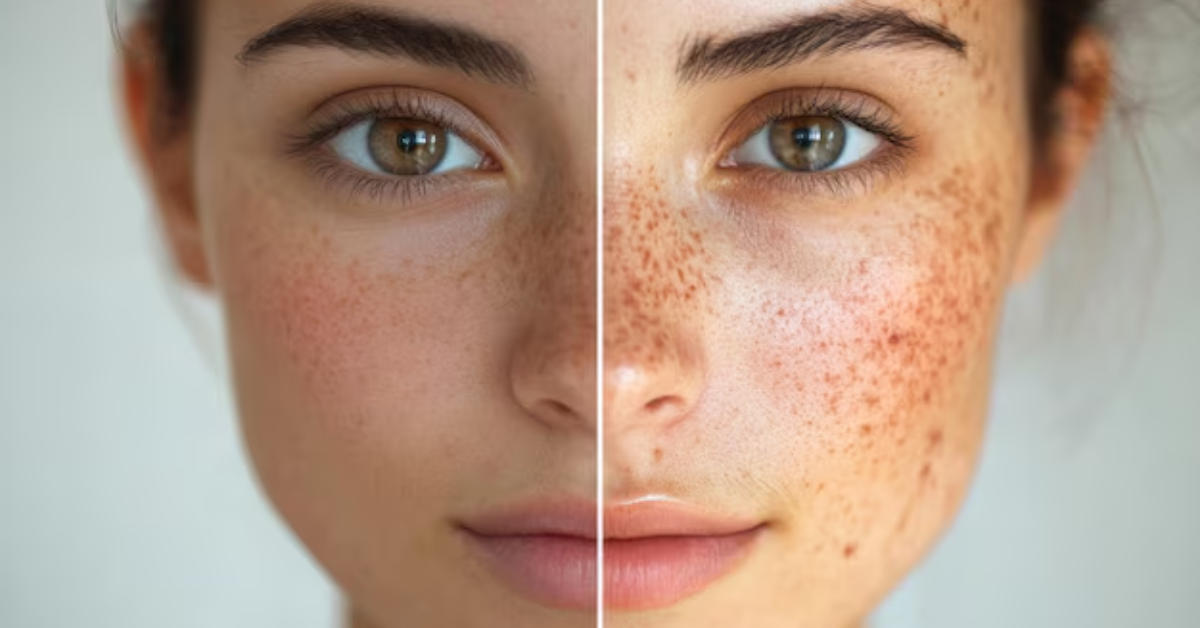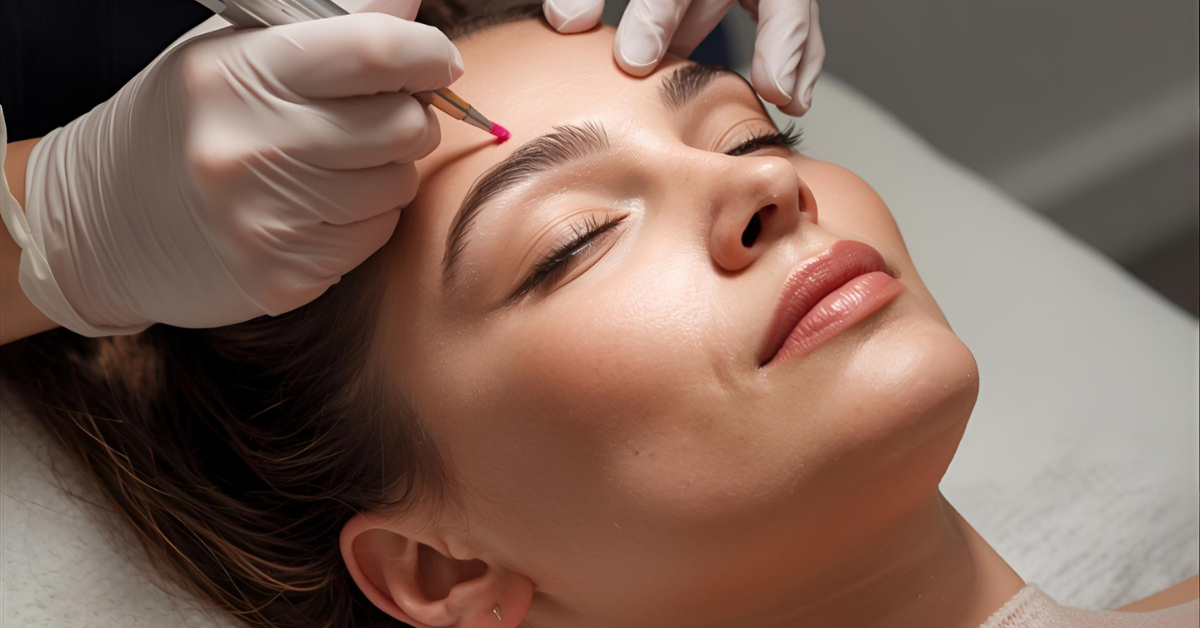How Long Do the Results of a Non-Surgical Face Lift Last?
With advances in cosmetic treatments, non-surgical face lifts have gained immense popularity. Offering the benefits of rejuvenated skin without the need for invasive surgery, these treatments come in many forms, such as ultrasound therapy, radiofrequency, laser treatments, and thread lifts. But one question is central for many considering this procedure: how long does a non-surgical face lift last? Understanding the longevity of these treatments can help you make an informed decision.
How Long Do Results Last?
A non-surgical face lift is an umbrella term for minimally invasive or non-invasive cosmetic procedures designed to lift and tighten the skin. Unlike traditional facelifts, which require incisions and recovery time, non-surgical options allow for quick recovery and minimal discomfort.
The longevity of a non-surgical face lift largely depends on the specific treatment chosen, the individual’s skin type, lifestyle, and how well the aftercare instructions are followed. Let’s explore the expected duration of results for each popular type of non-surgical face lift.
1. Ultrasound Therapy
Ultrasound therapy, especially Ultherapy, is popular for tightening and lifting sagging skin. Since this treatment works by stimulating collagen production, results are often gradual, taking up to three months to be fully visible. The effects of Ultherapy generally last between 12 to 18 months. However, individual results can vary based on age, skin condition, and lifestyle habits such as smoking and sun exposure, which can accelerate the breakdown of collagen.
Maintaining Results: To extend the effects, annual maintenance sessions are often recommended. Using collagen-boosting skincare products, staying hydrated, and protecting skin from UV damage can also enhance results.
2. Radiofrequency (RF) Treatments
Radiofrequency treatments use controlled heat to encourage collagen production and skin tightening. While results can be seen almost immediately after treatment, they tend to improve over the next few months. Typically, RF treatments last between 6 to 12 months, depending on skin type, age, and environmental factors.
Maintaining Results: A series of treatments spaced over several weeks is often suggested for optimal results. To keep the skin firm, maintenance sessions every 6 to 12 months are ideal. Avoiding excessive sun exposure and using antioxidants in skincare can also help extend the treatment's effects.
3. Laser Treatments
Laser treatments, such as Fraxel, work by resurfacing the skin, helping to tighten and improve texture and tone. The effects of laser skin tightening can last around 6 to 12 months, depending on the laser type and intensity used. However, because lasers mainly target the superficial layers of the skin, the longevity may not be as extensive as other non-surgical options that stimulate deeper collagen production.
Maintaining Results: To maintain laser treatment results, a follow-up session every 6 to 12 months may be necessary. Proper skincare routines with a focus on hydration, sun protection, and regular exfoliation will further preserve the results.
4. Thread Lifts
Thread lifts are a minimally invasive option that involves placing threads under the skin to pull it taut and lift sagging areas. The threads used are typically biodegradable and dissolve over time, leaving behind newly formed collagen. Thread lifts last approximately 12 to 18 months, although the duration can vary depending on skin type, lifestyle, and how quickly an individual’s body dissolves the threads.
Maintaining Results: Some people opt for additional thread lift sessions every 12 to 18 months to maintain a youthful appearance. In the meantime, a collagen-stimulating skincare routine and a healthy lifestyle can help preserve the lift achieved.
Factors Affecting the Longevity of Non-Surgical Face Lifts
- Age and Skin Quality: Older individuals or those with very thin skin may experience shorter-lasting results due to the natural breakdown of collagen and elastin.
- Lifestyle Choices: Smoking, alcohol consumption, poor diet, and lack of sleep can negatively impact skin health and reduce the duration of non-surgical face lift results.
- Sun Exposure: UV rays break down collagen and elastin, so unprotected sun exposure can lead to premature aging and shorter-lasting results.
- Aftercare Routine: Following aftercare instructions, including using sunscreen, hydrating well, and following a good skincare regimen, can extend the results of these treatments.
Comparing Non-Surgical Face Lifts with Surgical Options
Non-surgical face lifts are ideal for those seeking subtle improvements or those not ready for surgery. However, it’s important to note that while non-surgical treatments offer impressive results, they don’t provide the same longevity or level of correction as surgical face lifts. For someone looking for permanent or more dramatic changes, surgery may be more suitable.
Tips to Extend the Results of a Non-Surgical Face Lift
- Follow a Consistent Skincare Routine: Incorporate collagen-boosting ingredients like retinoids and peptides.
- Stay Hydrated and Maintain a Healthy Diet: A nutrient-rich diet can support collagen production and overall skin health.
- Schedule Maintenance Treatments: Regular touch-up sessions can sustain the results over time.
- Avoid Excessive Facial Movements: Activities that place repetitive strain on facial skin, such as frequent sunbathing or smoking, should be minimized.
Conclusion
Non-surgical face lifts provide a convenient way to achieve a youthful appearance without the need for invasive surgery. While each type of treatment offers different durations of results, proper aftercare and maintenance can help extend these effects. For those seeking natural-looking, temporary enhancements, non-surgical face lifts present an effective solution










